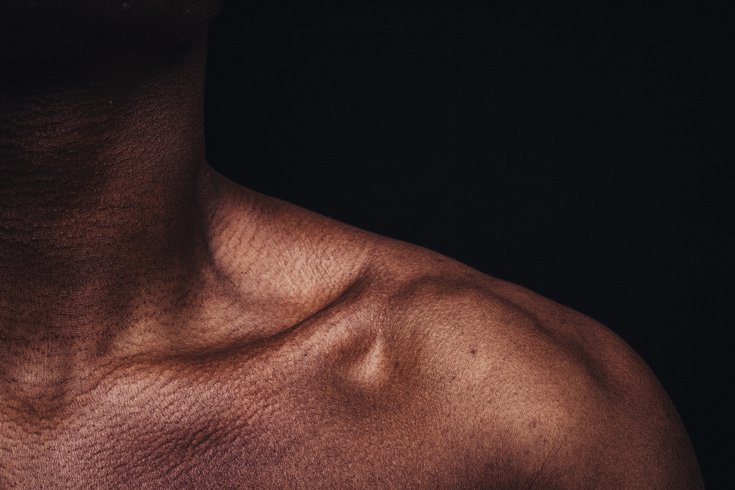
July 11, 2023
 Nsey Benajah/Unsplash
Nsey Benajah/Unsplash
According to a new study on melanoma in men, Black male patients have the worst survival rates and are often diagnosed later.
A new study on melanoma in male patients found that Black men are more likely to die of the skin cancer than their white, Asian, Native or Hispanic peers.
The research, published Tuesday in the Journal of the American Academy of Dermatology, was based on 205,125 cases of melanoma diagnosed between 2004 and 2018. Although 97.6% of patients in the study were white, Black men had significantly worse survival rates — they were 26% more likely to die of the disease than white patients.
While Black men are less likely to have private insurance and tend to be diagnosed with melanoma at more advanced stages, researchers say these factors alone do not explain the disparities.
"It does suggest that there are biological factors at work," Ashley Wysong, coauthor of the study and chair of dermatology at the University of Nebraska Medical Center, told the Washington Post.
Survival rates five years after a diagnosis were highest among white men at 75.1%, followed by American Indians and Alaska Natives (68.6%), Asians (67.6%) and Hispanics (66.2%). Black men had the lowest five-year survival rate at 51.7%.
That may be attributable, in part, to when doctors catch the disease. Almost half of Black patients in the study were diagnosed with melanoma at a late stage, meaning stage III or stage IV cancer. Late-stage diagnoses were less common among Hispanic (39.6%), Asian (37.6%), American Indian or Alaska Native (29.1%) and white (21.1%) men.
Previous research indicates that doctors do not receive enough training in diagnosing melanoma on skin that isn't white. This study also suggests that melanoma is more likely to appear on the fingernails, palms and feet of Black patients, areas that are not frequently exposed to the sun and are thus less susceptible to UV rays, which are often linked to skin cancer. Melanoma in these areas can be mistaken for warts or fungus.
Still, researchers say more data is needed to understand the full picture. "There are lots of factors we are not accounting for that we absolutely need to understand better," Wysong told Time.
Experts say all people, regardless of race or gender, should wear sunscreen when outside and schedule annual skin checks with their dermatologists. The American Cancer Society predicts roughly 97,000 new cases of melanoma will be diagnosed in the U.S. in 2023, and about 8,000 people will die of it.
Follow Kristin & PhillyVoice on Twitter: @kristin_hunt
| @thePhillyVoice
Like us on Facebook: PhillyVoice
Have a news tip? Let us know.